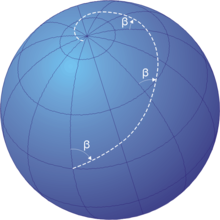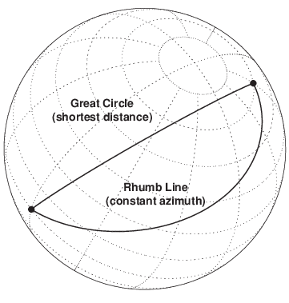Latitude
Latitude lines are used to define the angular distance north or south from the Equator. They are all parallel to each other. The Equator is defined as 0 degree of latitude. While the North Pole is 90 degrees N and South Pole is 90 degrees S.
Longitude
Longitude lines measure the west-east position. They join the North and South Poles by cutting the center of the Earth. All longitudes are meridians.

Meridian
It is agreed worldwide that the meridian passes through Greenwich in England is known as the zero or prime meridian. Meridians that are located west of the prime meridians is numbered as (degree) west. While those situated east of the prime meridian is numbered as (degree) east. So the meridian opposite to the prime meridian can be considered as either 180 degrees east or 180 degrees west of Greenwich.
Great Circle
It is a circle that cuts the Earth into two equal parts, in other words, it cuts through the center of the Earth. Equator is a great circle. Any plane that cuts through the Meridian is great circle as well.

Rhumb Line
It is a line cutting all the meridians at the same angle. All parallels of latitude, including the Equator, are rhumb lines as they cut the meridians at 90 degrees. All meridians themselves are rhumb lines as well.

Great Circle vs Rhumb Line
Flying along the shorter arc of the great circle between two points can also gives the shortest distance. Most long distance flight are flown over the great circle route. However, unless the two points are located at the same meridian or the Equator, flying along the great circle requires frequent changes of heading.
The rhumb line joining two points together will not be the shortest distance. Yet, as the rhumb line cuts all meridians at the same angle, pilot can fly with a constant heading which brings convenience.

沒有留言:
張貼留言